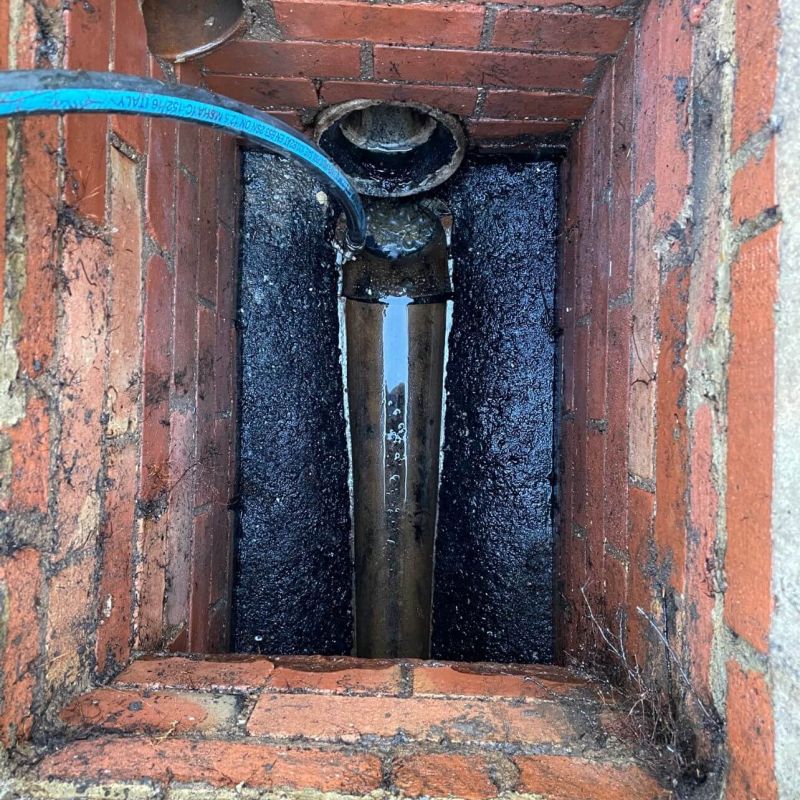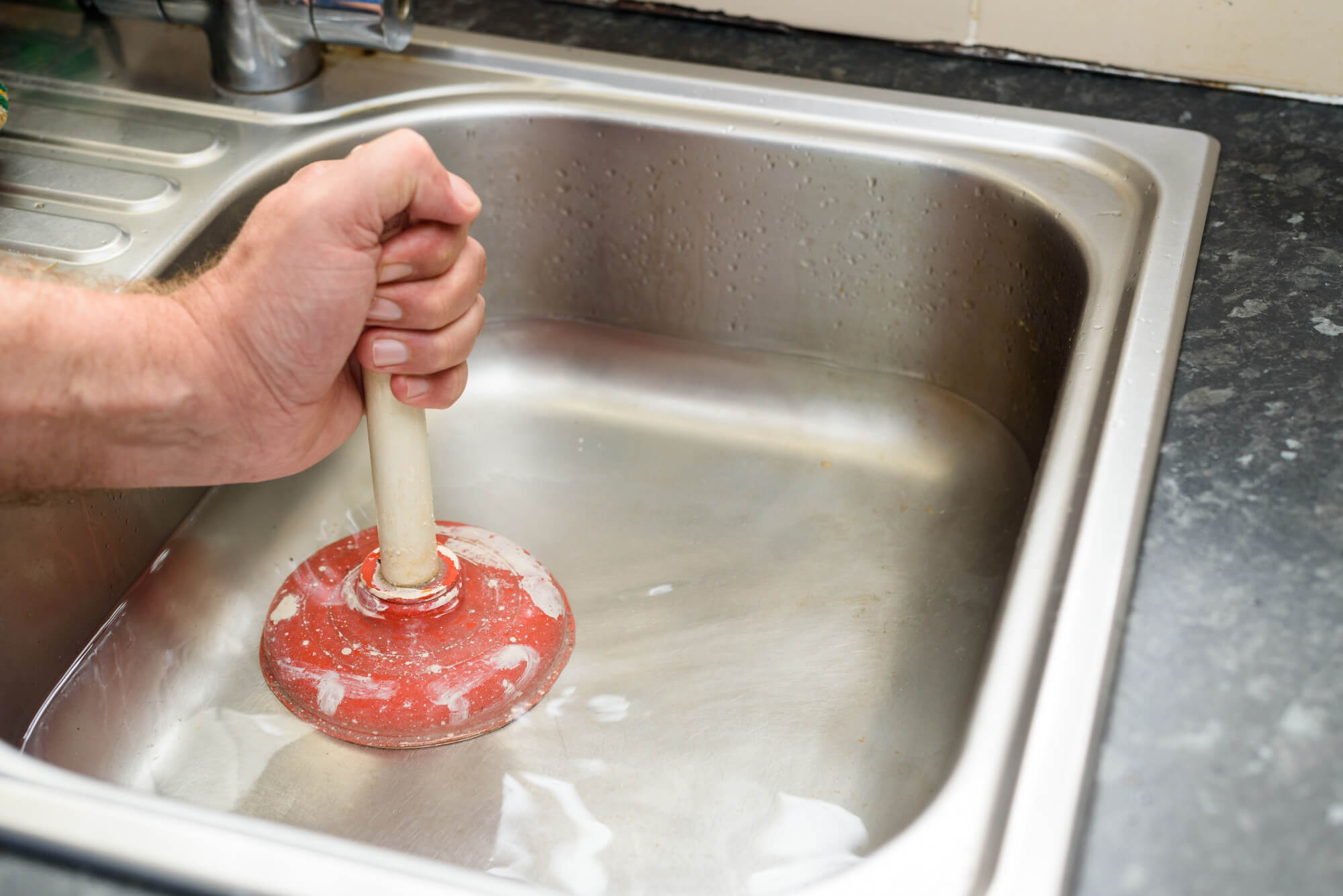Advice for Dealing with a Blocked Drain Prior to Contacting Plumbing Professionals
Advice for Dealing with a Blocked Drain Prior to Contacting Plumbing Professionals
Blog Article
The publisher is making a few good pointers relating to Tips for Dealing with Clogged Drains and Sewer Lines as a whole in the article underneath.

Intro
Taking care of a blocked drainpipe can be a frustrating experience, interfering with day-to-day tasks and potentially causing damage to your property. Nonetheless, before connecting to pipes professionals, there are actions you can require to deal with the problem on your own. In this overview, we'll explore DIY options and preventive measures to deal with a blocked drain properly.
Determining the Concern
The very first step in resolving a blocked drainpipe is acknowledging the indicators. Slow-moving drain, gurgling noises, foul odors emanating from drains, or water backing up are common indications of a blocked drainpipe. Identifying these indicators early can help avoid better issues.
Picking the Right Plumbing Solution
When selecting a pipes service, take into consideration aspects such as experience, licensing, and customer evaluations. Select a reputable plumbing professional with a track record of quality workmanship and clear rates techniques.
Expense Considerations
The expense of professional drainpipe cleaning services can differ depending upon the intensity of the blockage and the plumbing professional's rates. Demand quotes from several suppliers and inquire about any kind of additional charges to guarantee openness and prevent surprises.
Safety Measures
When attempting do it yourself drainpipe cleansing, prioritize safety and security. Use protective gloves and eyeglasses to avoid contact with harmful chemicals or bacteria. Never ever mix different drain cleaning products, as this can generate dangerous fumes.
Situation Researches
Real-life instances highlight the effectiveness of DIY remedies and the value of prompt professional intervention in settling drainpipe blockages.
Common Root Causes Of Obstructed Drainpipes
Recognizing the elements that add to drain pipes obstructions is vital for efficient resolution. Common perpetrators include hair, soap scum, oil, food particles, and international objects like sanitary items or paper towels. Tree roots getting into below ground pipelines can additionally trigger substantial blockages.
Do it yourself Solutions
For small obstructions, numerous do it yourself solutions can be reliable. Pouring boiling thin down the drainpipe can assist dissolve oil and particles. Sodium bicarbonate and vinegar or a blend of salt and baking soda can serve as all-natural cleaners. Utilizing a bettor or plumbing snake to displace blockages is an additional option.
Tools and Devices
Having the right tools available can make DIY drain cleansing extra efficient. A plunger is a flexible tool for clearing obstructions in sinks, commodes, and showers. A plumbing serpent or auger can get to deeper clogs, while drain cleaning chemicals can be used cautiously for persistent obstructions.
Preventive Measures
To stay clear of future blockages, taking on safety nets is vital. Set up drain guards or strainers to capture hair and particles prior to they enter the pipes. On a regular basis flush drains with hot water to liquify oil accumulation, and stay clear of getting rid of grease or strong waste away.
When to Call a Specialist
While DIY solutions can deal with small blockages, particular indicators indicate the demand for expert assistance. Relentless blockages, foul odors regardless of cleansing efforts, or numerous drains pipes supporting all at once are red flags that necessitate professional treatment.
Conclusion
By adhering to the pointers laid out in this guide, you can efficiently deal with obstructed drains pipes and stop future pipes concerns. Whether going with do it yourself services or seeking specialist assistance, timely activity is vital to keeping a healthy plumbing system and protecting the honesty of your home.
How to Clear a Clogged Drain Yourself (And When to Call In the Professionals)
What Can Clog a Drain
Dirt Skin flakes Hair Grease Soap scum Food Offset pipes Tree roots Small objects Mineral buildup DIY Tricks to Unclog a Drain
You can fix this! Once you have identified the source of the clog (or have a vague idea), you can try one or a combination of these fixes in order to clear your plumbing.
Wire Hanger or Snake
Untangle and clear out hair from a drainpipe with a homemade snake. Use a straightened-out wire hanger with a 90-degree angle hook to locate the clog and drag out any unwanted material.
Remember not to push the clog further down to where the wire hanger cannot reach! If you need to follow up with a plunger, give it a try. Your efforts might be more successful after it’s been wire-snaked.
If you want to get fancy and don’t have a wire hanger to spare, head to the store and pick up a hand-operated drain snake. You can get one for $10-$30. It may save you the hassle, and provide additional length to reach deep into the clogged pipe.
Plunger
A cup plunger has a suction cup attached to a wooden handle. The rubber creates a seal around the drain, and increases the pressure force of the plunger.
Plunge for 30-second increments to loosen the clog. This may need to be repeated over the course of 15-20 minutes. Once plunged, run the water to flush the remaining material out of the drain.
Remember– never use a plunger if you have used a chemical drain cleaner. These chemicals can splash up from the force of the plunger and cause serious injury or burns.
Boiling Water
Hot water can sometimes break up materials into a flushable amount. Dirt, grease, and soap buildup requires heat in order to unstick from surfaces.
Take your kitchen kettle and heat your water to a boil. Once it reaches a rolling boil, pour it directly down the drain into the blockage. Carefully follow with plunging, if necessary.
Don’t worry if this takes more than one try! It can often take multiple kettles and repeated plunging in order to clear a particularly stubborn clog.
Chemical Drain Cleaner
As a last resort, pick up a bottle of chemical drain cleaner. Drain-cleaning chemicals are potent, and not very good for the environment.
You may need to wear protective eyewear in gloves before handling your bottle of chemical drain cleaner. Follow the instructions printed on the bottle, and flush with water as soon as the instructions allow. Do not follow with plunging.
Baking Soda and Vinegar
As a safer alternative to chemical drain cleaner, baking soda and vinegar can create a chemical reaction that clears tough clogs.
Combine one cup of cleaning vinegar with one cup of boiling water, and set aside. Once you have done this, pour half a cup of baking soda down the drain. Give the baking thirty seconds to settle and cover a large portion of the problem drain.
Following the baking soda, pour down your vinegar and hot water solution. Once the vinegar and baking soda combine, the mixture will bubble and fix. Let this reaction fizzle in the drain for about an hour.
After an hour, follow with a kettle’s worth of hot water. The heat and liquid should flush out any remaining material.
When to Call a Plumber
If your DIY attempts haven’t cleared your clog drain, it’s time to call in a professional. It’s not worth losing access to your kitchen sink or high-traffic bathroom. A clog in a vital area can keep you from the things you’d rather be doing, and derail your routine.
Anytime a clog is causing water to spread is a time to call in a plumbing service. What starts out as a little bit of water can quickly grow into serious, expensive water damage.
Additionally, a serious clog can result in burst pipes or serious leaks. Make sure you know when to take it seriously!
https://myguysnow.com/how-to-clear-a-clogged-drain-yourself-and-when-to-call-in-the-professionals/

As an avid person who reads on How to handle a clogged drain in your home, I was thinking sharing that portion was valuable. Feel free to take the opportunity to distribute this write-up if you appreciated it. Thanks a lot for being here. Return soon.
Find Out More Report this page